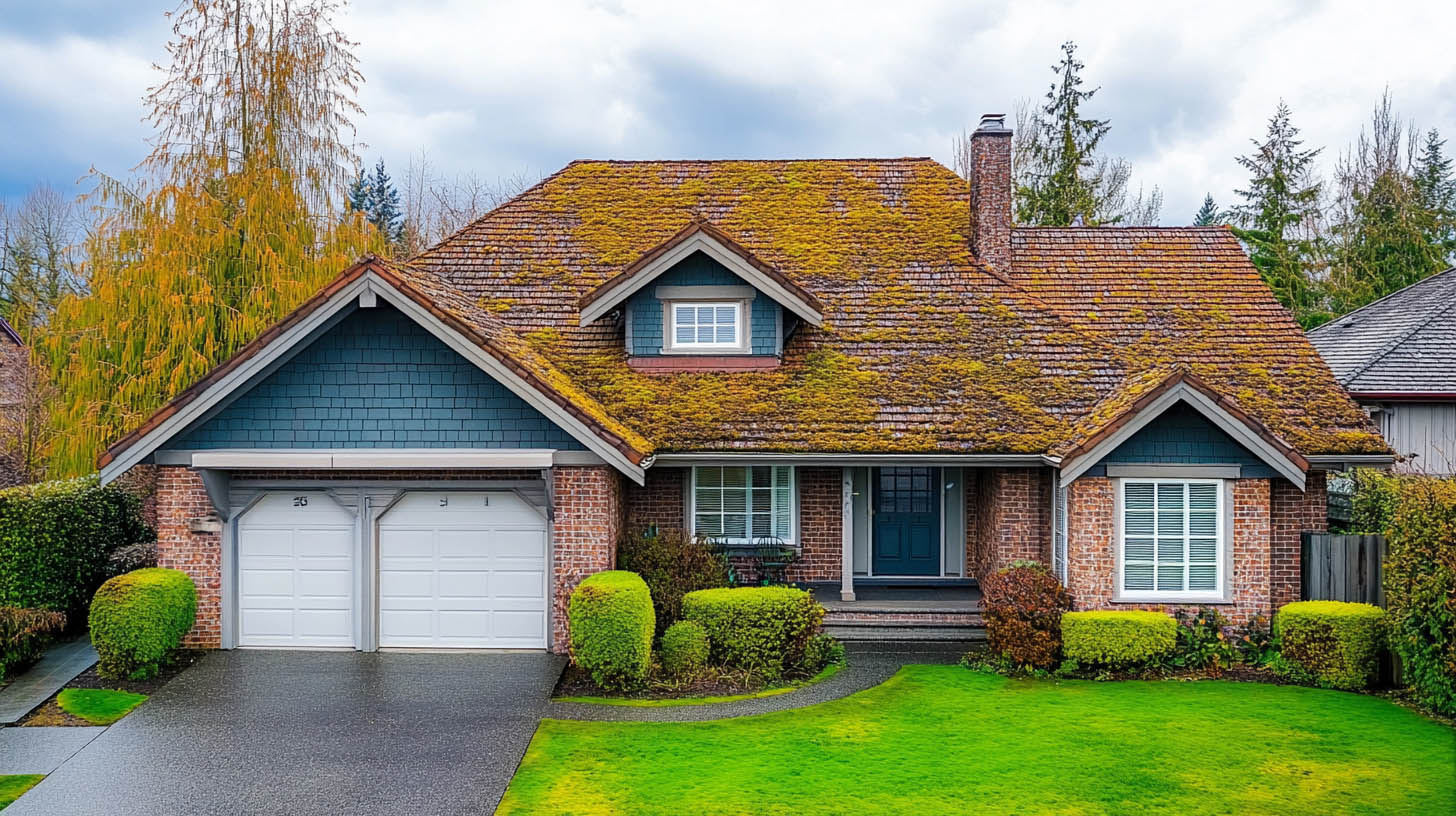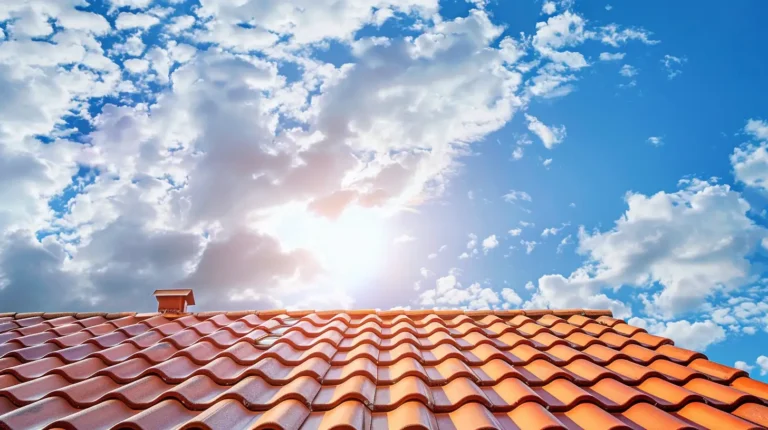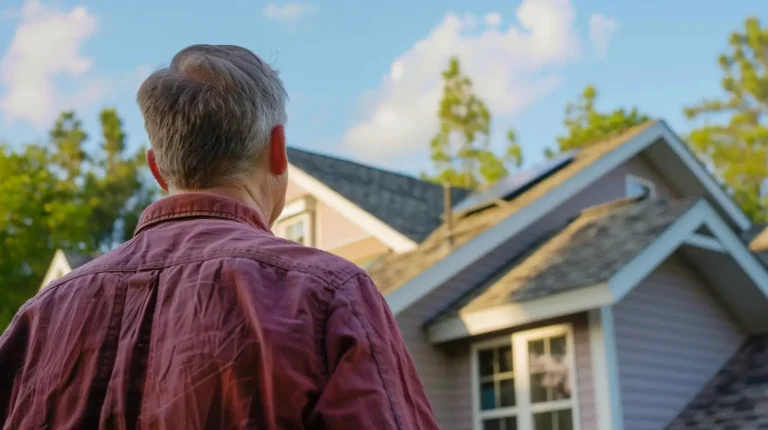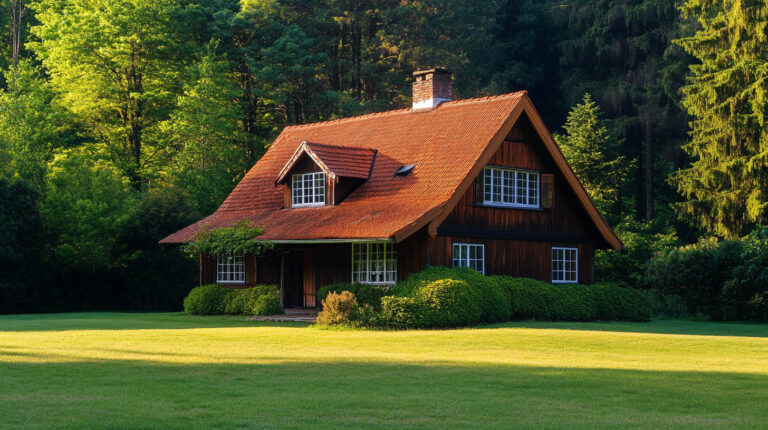
Blog
Moss on Your Roof: Causes and Solutions
Moss growth on roofs is a common issue in areas with high humidity, such as Palm Coast, FL. While it may look charming in fairy tales, moss can cause significant damage to your roofing system and even compromise the health of your household. At Avenue Roofing, we specialize in addressing roofing issues like moss growth, ensuring long-lasting protection for your home.

1. What Causes Moss to Grow on Roofs?
Moss is a non-vascular plant that thrives in damp, humid environments. It spreads via microscopic spores that travel through the air and settle on surfaces like rooftops. Key factors contributing to moss growth include:
- High Humidity: Florida’s average humidity levels exceed 74%, creating ideal conditions for moss development.
- Moisture Retention: Roof surfaces that trap water or are shaded for extended periods are more susceptible.
- Roof Crevices: Small cracks and crevices in shingles provide a foothold for moss spores.
Fun Fact: Moss can retain water up to 20 times its weight, amplifying its ability to cause roof damage.
2. Roofing Issues Caused by Moss
Unchecked moss lead to various structural problems, including:
a. Lifting Shingles
Moss can grow beneath shingles, weakening them and causing them to lift. This reduces your roof’s ability to provide an effective barrier against the elements.
b. Rot
Moss retains water, which can seep into your roof deck, leading to rot. Once rot sets in, it compromises the structural integrity of your roof and may necessitate a full replacement.
c. Leaks
As moss damages shingles and the roof deck, water infiltration becomes more likely. Leaks not only harm your home’s interior but also promote mold growth, which poses health risks.
3. Solutions for Moss Removal and Prevention
a. Professional Cleaning
Removing moss safely and effectively requires professional expertise. Pressure washing can damage shingles, so opt for specialized moss-removal solutions instead.
b. Improve Ventilation
Ensure your attic and roof are well-ventilated to reduce moisture buildup. Proper ventilation inhibits moss growth and prolongs your roof’s lifespan.
c. Use Moss-Resistant Materials
Consider investing in roofing materials designed to resist moss growth, such as algae-resistant shingles treated with copper or zinc granules.
FAQs
Q1: Can moss damage my roof permanently?
A: Yes, prolonged moss growth can weaken shingles, promote rot, and lead to leaks, causing irreversible damage to your roofing system.
Q2: How often should I inspect my roof for moss?
A: Inspect your roof at least twice a year, focusing on areas shaded by trees or prone to moisture retention.
Q3: Are DIY moss removal methods effective?
A: DIY solutions like vinegar sprays may work temporarily but can damage shingles if not used properly. Professional removal is recommended.
Q4: Can moss growth impact my home’s resale value?
A: Yes, visible moss growth signals neglect and may deter potential buyers, lowering your home’s value.
Q5: What’s the best way to prevent moss regrowth?
A: Regular maintenance, improved drainage, and moss-resistant shingles are effective preventative measures.
Conclusion
Moss growth on your roof isn’t just an aesthetic issue—it can cause serious structural damage and lead to costly repairs. Addressing the problem early with professional help and adopting preventative measures ensures your roof remains functional and secure. For expert moss removal and roofing maintenance, trust Avenue Roofing to deliver tailored solutions that protect your home.
If you want to read a blog about why people in Palm Coast replace their roofs, click here.



